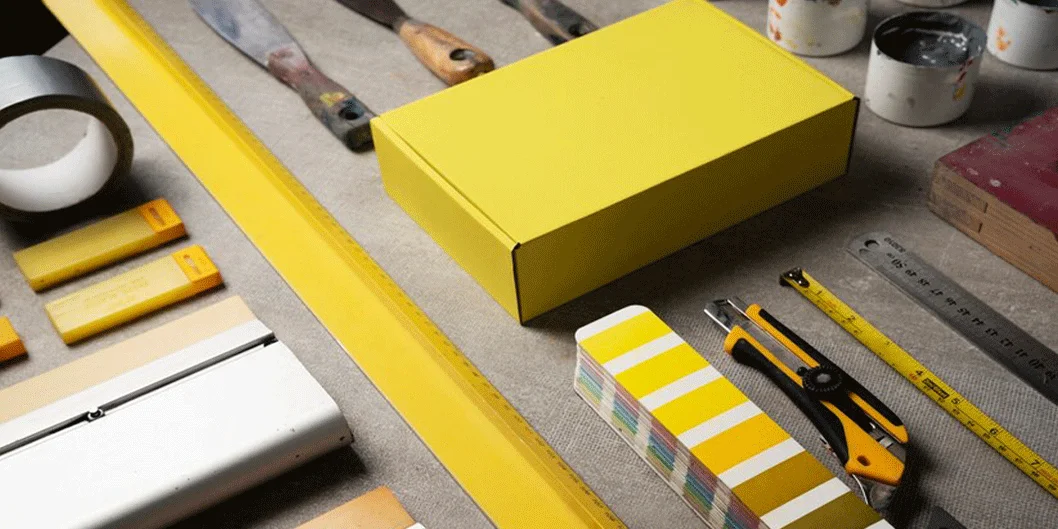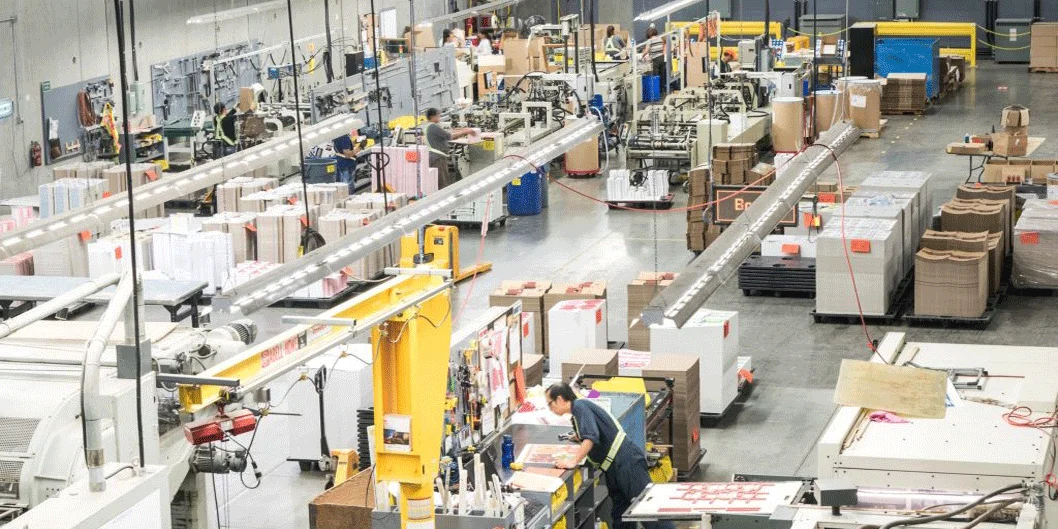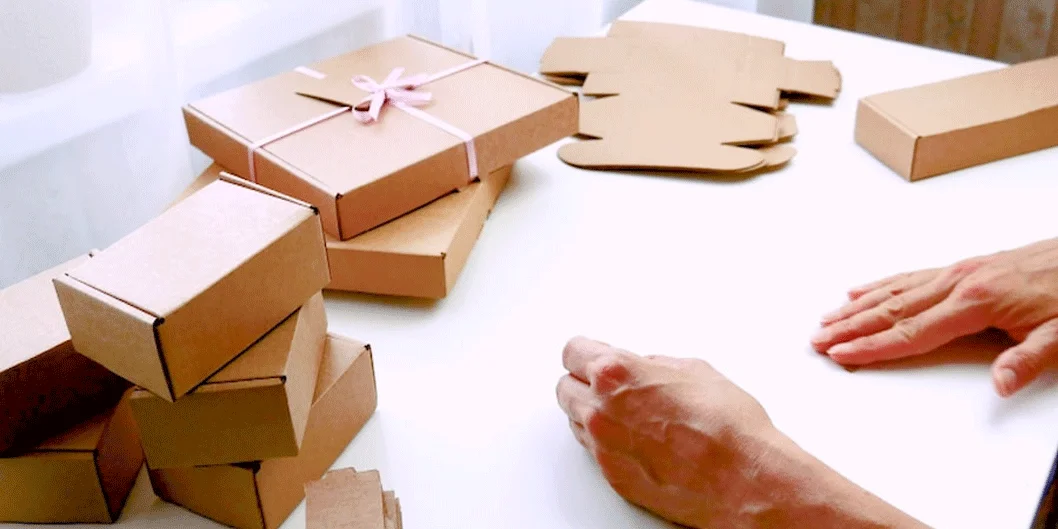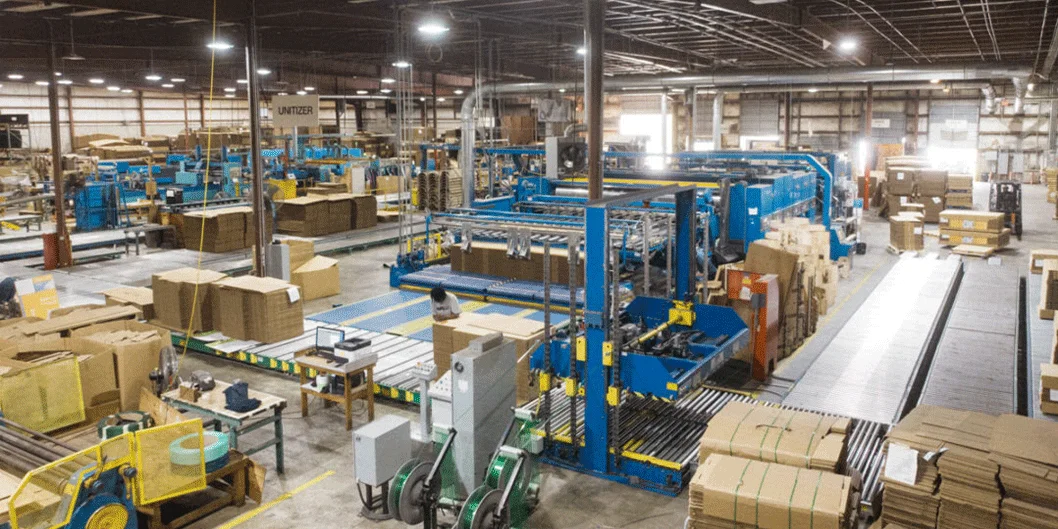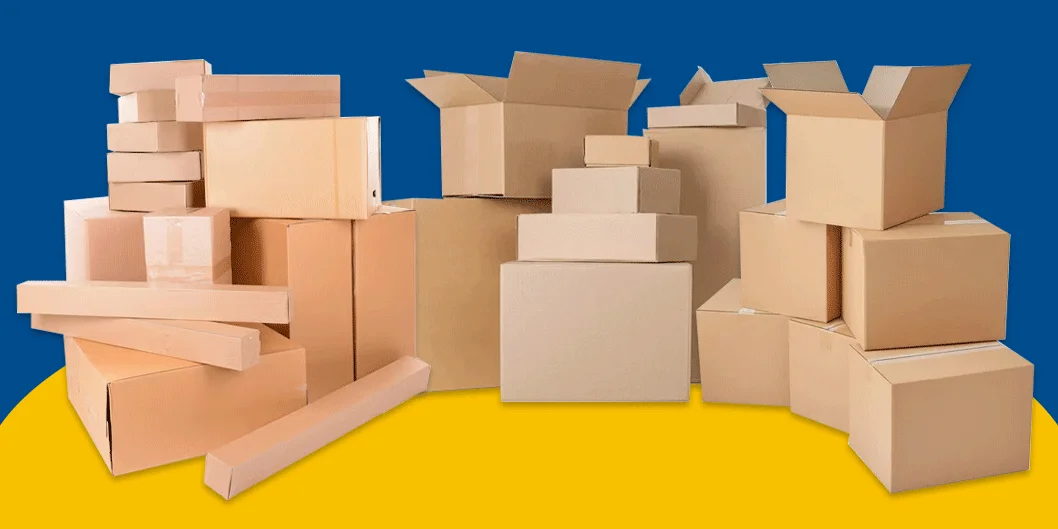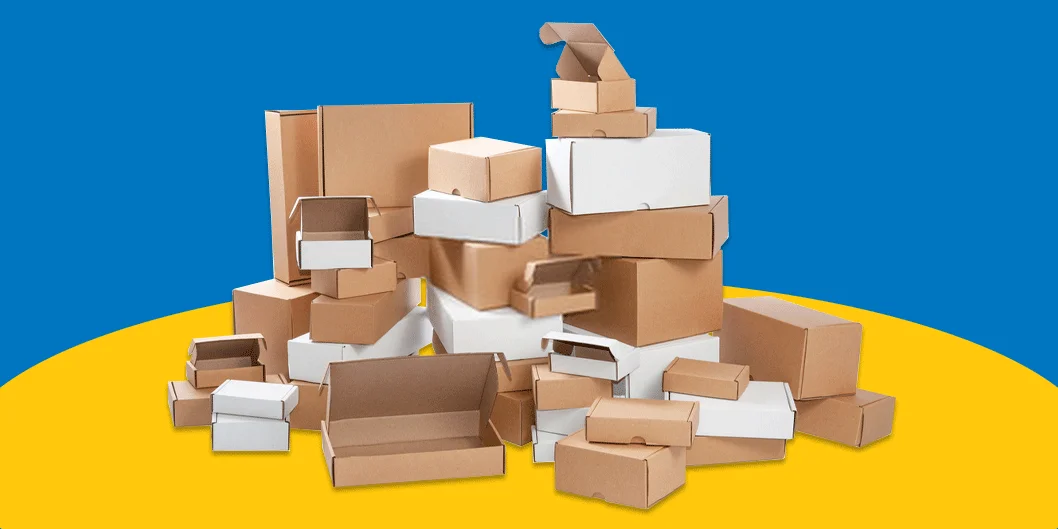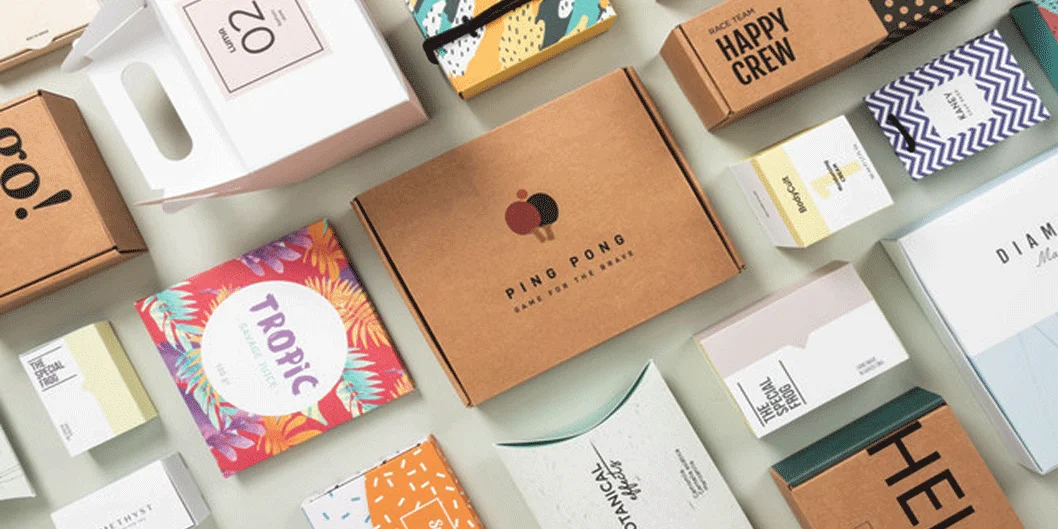They may seem like the humble workhorses of any move or storage idea, but cardboard boxes hold an astonishing amount of power. These humble tetragons are the underpinning for a stress-free packing comprehension, securing your belongings and asserting a smooth conversion. However, ferrying the world of cardboard boxes can be fantastically difficult. Deviating sizes, shapes, and stuff can leave you scuffing your head and dumbstruck: which box is perfect for what?
Fear not, fellow mercenaries in cardboard! This inclusive blog delves into the absorbing realm of cardboard boxes, endowing you with the knowledge to handle any packing impetus.
Commencement the Box Brigade:
Just like paladins have their special powers, cardboard boxes vaunt specialized services. Here’s a hindrance of the most common box types, assuring you choose the optimum hero for the job:
Regular Slotted Container
This is the epochal brown box, the all-rounder of the cardboard division. Available in a miscellany of sizes, RSCs are pristine for general packing, from books and duds to kitchenware and toys. Their simple design lineaments flaps on all corners that fold inwards, creating a sound closure when stuck down with packing tape.
Full Overlap Slotted Container
FOL boxes are the dabs of permanence. Their schematic features flaps that fully overlap on the top and bottom, providing peculiar stacking strength. This makes them model for heavy products like books, utensils, or electronics that require excess support during carriage or storage.
Create Your Dream Custom Packaging
Half-Slotted Container
Accuracy is the label of the game for HSCs. With only single set of flaps that closes in the center, these boxes offer a swift and simple packing solution. Often used for retail events, they can also be convenient for packing delicate products where fast access is required.
Corrugated Boxes
For your most frangible belongings, corrugated boxes are the wherewithal’s protectors. Constructed with many layers of fluted paper, they give extra cushioning and durability. These boxes are a significant for packing precious like artwork, electronics, or fragile glassware.
The Wrinkle-Free Warrior: Wardrobe Boxes
Moving day doesn’t have to mean puckered clothes! Wardrobe boxes, high rise and graceful with a hanging rod inside, are designed explicitly for garments. They enable you to hang clothes undeviating inside the box, keeping them cripple-free and ready to wear upon delivery.
The Moving Expert: Moving Boxes
Don’t be snared by the comprehensive name – moving boxes are distinctively designed for the wear and tear of repositioning. Typically heavier duty RSCs, they are constructed with thicker cardboard and reinforced corners to handle the bumps and jostles of a move.
Outside of the Box: substantive Packing Allies
Whilst cardboard boxes are the cornerstone of a successful packing tack, they need professional workers by their side. Here are the important packing supplies that will guarantee your utensils arrive safely:
- Packing Tape: The undeniable champ of box closure. Figure for strong purveyor tape with good adhesive qualities to create a safe seal.
- Packing Nuts: These feathery, void-filling bonanzas prevent delicate items from shifting and bumping during carriage.
- Bubble Wrap: The cushioning zealot, bubble wrap cares an extra layer of protection for light products like glassware or gadgets.
- Packing Paper: The Eco-friendly auxiliary, rumpled packing paper can fill voids and offer some cushioning for less flimsy items.
Acquiring the Cardboard Canvas
Now that you’re ready with the knowledge of box types and packing replenishment’s, let’s hike your packing game to pro-level rank:
Match the Box to the Weight: Realize, even cardboard has its perimeter! Don’t overload the boxes, particularly those designed for feathery items.Heavier chattels require solid boxes, so consign weight accordingly.
Snuggle the Void: Packing crumples and wrinkled paper are your friends! Utilize them to fill empty gaps within boxes. This intercepts items from shifting during transit, reducing the risk of damage.
Conclusion
Clear and pithy labeling is settling. Clearly streak the contents of each box and which room they correlate to. This sets free time and exasperation during unpacking, awfully when faced with a bunch of boxes. Create a stable and secure mountain of boxes by scattering weight evenly. Place heavier boxes on the lowest part and lighter ones on top. Don’t scrimp on the essentials. Settling upon for top-quality boxes and packing supplies might seem like a small facet, but it can make a world of breach in protecting your clobber.



